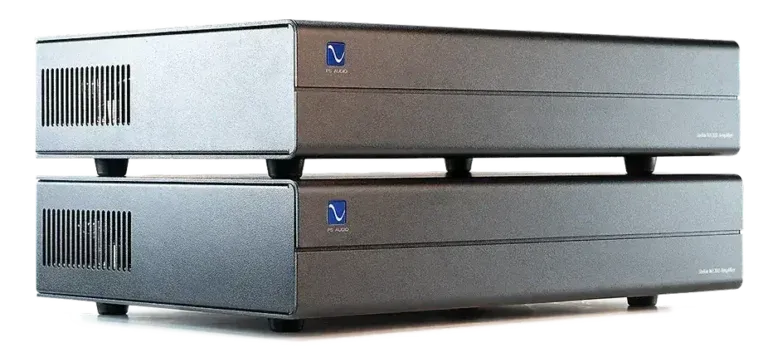
This article first appeared in The Sound Advocate, a HiFi publication that offers “Sound component reviews and commentary For The Discerning Listener!”
Prices listed in US$.
The PS Audio Stellar M1200 Monoblock amplifier’s evolution began as a power amplifier without any sort of limitations or compression levels on even the loudest musical passages, yet all the time trying to be perfectly at home reproducing the subtlest of musical nuances and detail. This was designer Darren Myers’ (now with Parasound) ideal goal as PS Audio’s chief engineer.
The review you are reading here is long overdue, as I have been using these amplifiers in my reference system now for over 5 or 6 months, through the ever so kind auspices of representative Frank Doris and of course PS Audio themselves. I can safely say that I know the sound of the M1200s like the back of my hand so kindly do not be too skeptical of the proceedings forthcoming.
BACKGROUND
These amplifiers’ extraordinarily high current, low distortion, and MOSFET output stage combines state-of-the-art topologies with decades of design and listening experience by Darren, Paul, and others to produce what PS Audio believes is one of the most musically satisfying amplifiers of its kind.
The M1200’s very high power output serves as the ideal uncompressed power source for even the most inefficient speakers on the market, not to mention a select few power-hungry speakers with unusual impedence curves. Accordingly, The M1200 monoblock power amplifier was designed to have astounding power (which it certainly does) and seemingly endless headroom using its 1200-watt high-performance output stage combined with a slightly warm musicality of vacuum tubes.
A truly well-designed hybrid amplifier should have no limits conveying the subtlest susurrant murmurings to the loudest crescendos an orchestra or rock band is capable of reproducing and so was the mission of Mr. Myers’s design of the Stellar M1200.
In fact, a power amplifier only generates the required number of watts needed by your speaker to reach the appropriate loudness. Even the most potent amplifiers only provide the loudspeaker’s required output. In theory, what’s usually been lacking in most amplifiers has been inadequate headroom and effortless linear performance, which can only be unquestionably delivered by a powerhouse unit. And so the larger brother of the Stellar M700 monoblocks was born.
Myers observed that preserving both uncompressed dynamics as well as the tiniest of details requires a cost-no-object input stage, like that of a high-performance vacuum tube that is used and fed from the M1200’s analog power supply used in the Stellar M1200. (This being quite unusual in a product with the admirable retail price of these monoblocks).
The amplifier’s refined input signals could now be faithfully preserved by its vacuum tube input and then amplified without restriction by taking advantage of a new type of Class D output power module used here.
DESIGN
The M1200, rated at 600 watts into 8 and 1200 watts into 4 ohms combines the best of two worlds: discrete Class-A vacuum tubes (hand-selected 12AU7 tubes, fed from its analog power supply) and PS Audio’s specialized output stage. They say the ICEpower module picked for the Stellar M1200 is ‘hand-modified’ using a team-approved process intended to take full advantage of the vacuum tube and highly critical input stage. The aforementioned high-current ICE Edge Class D technology has been modified for the output stage
The avant-garde MOSFET output stage combines advanced topologies using the knowledge of its designer’s technical expertise as well as a truly good set of ears!
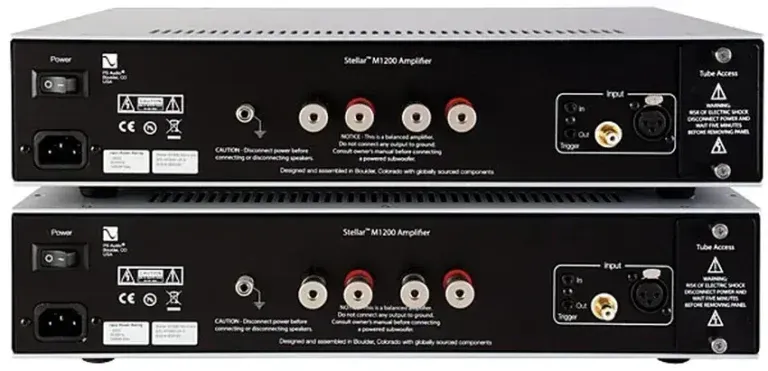
Listed here are some of the basic Features of the Stellar M1200:
- A mono power amplifier pair
- Zero-loss vacuum tube input stage
- Powerful MOSFET balanced output stage
- RCA Single ended input
- XLR “true” balanced input
- 600 watts into 8Ω
- 1200 watts RMS into 4Ω
- 2Ω stable
- Damping factor >1100 for excellent loudspeaker control
- ICE Edge technology
- Front panel standby button
- Efficient operation with very little heat
- Dual, solid copper, plated, output binding posts
- 27 pounds/12.2kg each
- Input 12-volt trigger
In short, the Stellar M1200 mono amplifiers try to solve that age old, classic problem with nearly every power amplifier made: acoustic compression. Most power amplifiers leave their comfort zone when the volume and complexity of the music or the intensity of the band or singer increase, and many times we hear this stress and strain on huge transients which can inordinately sound compressed. The mission of the M1200 design was to solve the problem of playing any music without any compression into any loudspeaker. Has this mission been accomplished?
THE SOUND – HEADROOM, and DYNAMICS GALORE!
The adage, “don’t judge a book by its cover” could not be more adept when looking a the slim size and modest weight, comparatively speaking, of these monoblocks. Once stacked on top of each other you can see their space-saving yet sleek elegant appearance does make a cosmetic difference to the eyes. To think these relatively small amplifiers can produce so much raw power and sheer musical headroom is a bit mind-blowing. However, the proof is in the pudding, and these little guys have lots of vanilla and chocolate buried inside to prove their points!
Let us start by saying that the M1200s do need some warm-up time as does every good amplifier. The progression of the quality of sound increases after approximately 5 hours of music playing time while also leaving the units in their standby position constantly. Don’t worry about power consumption with these guys as they are designed to consume as little as possible, although I must say that for a Class D amplifier, after 2 hours of playing time, they become just a “tad” warm to the touch. Nothing to obsess about here.
PS Audio does recommend not turning off the amplifier’s mains switch and just leaving the amplifiers in their standby position. You may then turn off the front panel blue button until you proceed to push them back to where the blue light will then blink for about 20 seconds; after which all is ready to go.
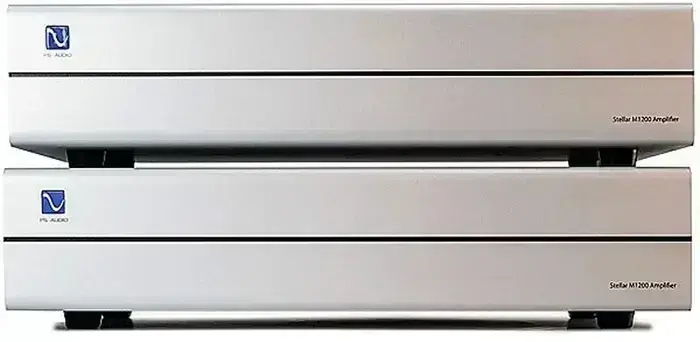
Initially, the sound reproduction is striking in that it portrays an unusually wide soundstage. With all that power built in, I heard neither any type of distortion nor noise from my speakers. The music delivered by these amplifiers was beautifully clean and musical.
We talk a lot about soundstage depth and width in our discussions but it appears that PS Audio has pushed the envelope here. On certain program sources, the width extends amazingly past the speaker enclosures, and with, for instance, a massed string section in play, the sound protrudes literally to the side wall and back. I have not encountered this with any amplifiers tested except maybe for my reference Pass Labs and the DarTZeel integrated amp. However, that’s just the beginning and an exceptional one to start with indeed!
Due to the linear nature of the amplifier, on gigantic keyboard hits and chords, every note, from the deep bass to the treble, exploded out of the loudspeakers with the same intensity. Rich and powerful sounds flooded the listening room. The concert hall’s depth brought off a feeling that you were actually within the auditorium while you were listening to the performance. The huge dynamics and extra headroom occasionally missed by other amplifiers were reproduced in all their glory from the lowest frequencies on up. Here, The M1200 took on the offense quite excellently.
I must stress this point particularly. The extra power of the M1200 seems to bring forth a huge amount of clarity on the most exact and extreme transients of a musical performance without any type of ‘stressful’ compression of the instruments being played. (Obviously, we can acknowledge that Mr. Myers has succeeded in his quest.) Mind you, this does not impact the fine tonality and illustrious range of singing voices and full orchestral instruments being played in any way whatsoever.
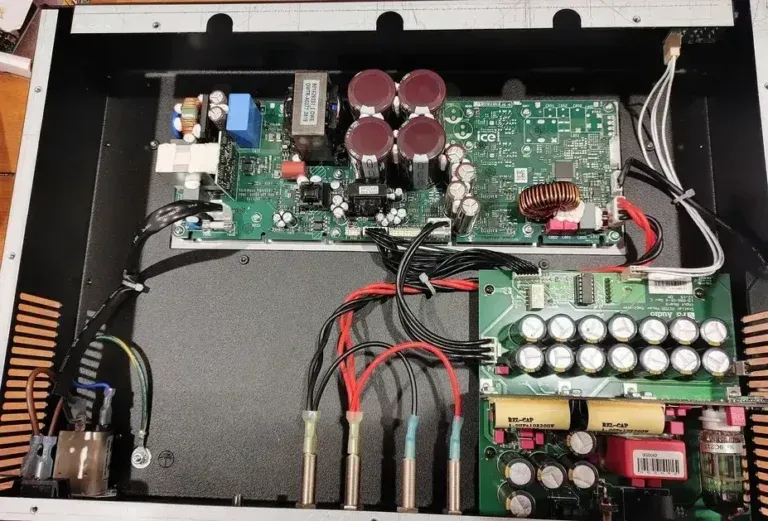
Even when introducing program material that was well recorded, yet possibly a bit close-miked, (eg. the music of Leroy Shield of the Little Rascals and Laurel and Hardy played by the Beau Hunks) the sound was more relaxing on the ears when percussion instruments were reproduced than many other amplifiers while at the same time never discarding the music’s full transient response and the intonations of the instruments.

This was the first time I had noticed how smooth and even an amplifier with such a huge dynamic range could reproduce jazz percussion in such an effortless, non-fatiguing manner.
Classical music and operatic voices fared just as well. Excellent depth and imaging were distinctly added and displayed with the M1200 monoblocks while exhibiting beautifully exact locational effects of the orchestra on the soundstage. Some fine examples are the splendid voice of Elly Ameling on Philips and Decca both on vinyl and CD.

Ms. Ameling’s voice is wonderfully recorded and reproduced by the M1200. The silky yet strong vocal articulation, enunciation and dynamics are brought forth with an uncompromising quality of sound reproduction. In this instance, the extra power of this amplifier shined through in spades; never compressing the ingratiating dynamics of the simply miked recording technique used. I was truly impressed with the reproduction of the WAV CD download being so much better than I expected.
The monoblocks upped the ante on the Decca Classics joint recording of Seiji Ozawa and Martha Argerich, presenting Beethoven’s Piano Concerto No.2 in his 250th anniversary year, and Ozawa’s first-ever recording of Grieg’s Holberg Suite.

Here the piano was intimately portrayed with detail, great tonal emphasis, and excellent imaging in a wonderful performance. Once again, the dynamics were impressive and the orchestra was bathed in an excellent acoustic with the right amount of ambiance displayed from the concert hall. It was hard not to be impressed with the sonic magic that these amplifiers extracted from this recording.
THE BASS RESPONSE AND TREBLE
The M1200’s incredibly deep, controlled, and defined bass with its extremely quick agility—the capacity to start and stop instantly—were, of course, one of its most noteworthy strengths. Though others have claimed this to be a “doubtful advantage” for the M1200s, I could not disagree more.
The strength of the bass is quite obvious, and contrary to some other reviewers, took nothing away from its exceptionally transparent midrange and high-end response concerning the ‘covering up’ of any natural decay or accentuation of instrumental notes within its mid/treble range.
However, I could partially agree with the fact that there is sometimes a cinch of thinness or “brightness” in the treble response. This can be noticed occasionally and I did find that it varied depending on the source material being employed.
However, with many recordings, the M1200 amplifier goes contrary to this notion. The all-important “test” here is the violins and massed strings’ reproduction quality. When comparing these monoblocks to a few other amplifiers, one of them the splendid 100-watt pentode unit by Allnic Audio, there were many times when certain instrumental recordings would be a wee tiny bit “harder” sounding at higher volume levels, believe it or not, with the latter all tube amplifier. In fact, except for the amount of extra soundstage width embodied by the M1200 monoblocks and its huge power and gesticulation, these two amplifiers could be considered a very close match in their overall sound reproduction qualities, if not by their respective price points.
ULTIMATE CONCLUSIONS
Having been evaluating these amps critically and making numerous comparisons for quite a long time now, my aforementioned views could be the final words on this discussion; while recognizing that I did not mean to have the last word here (although I was probably one of the earliest few writers to obtain the M1200s).
And so I will state accordingly that the PS Audio M1200 monoblocks are an amazing accomplishment and Darren Myers should be quite proud of the fabulous work he has done here. Whether you think you need the colossal power that these units produce, do not kid yourself. Having previously lived with the exceptionally refined M700s for many months, I truly believe that these bigger sisters slightly outdo the aforementioned model in certain ways.
The most obvious of these is the larger sense of space and scale that the M1200s produce as well as its profound bass response; all the while never obfuscating its sound stage and stereo imaging qualities.
The M1200 is a bit of a departure from the entry-level Stellar line with its tube input and upgraded ICEpower output stage, yet PS Audio’s “thinking outside the box” design pays off beautifully. It offers a listening experience that is big, powerful, and detailed with massive dynamics and amazing headroom. It is endearingly neutral sounding when applying any loudspeakers of your choice–all from a package small enough to easily share shelf space with the rest of your system.
They are also astonishingly expressive and refined. These amplifiers do offer the best of both worlds. Their sound is of reference standard, in my opinion, and they are unquestionably the fulfillment of an audiophile’s dream come true at its intrinsic starting price. Is that enough for you to warrant an audition? I think so!

Specifications:
- Unit Weight: 27 lbs [12.2 kg] (each)
- Unit Dimensions: 17”W x 3.75”H x 12”D/17.8cm W x 9.5cm H x 30.5cm D (13″D w/connectors), 17”W x 7.5”H x 12”D/17.8cm W x 19cm W x 30.5cm D (Stacked)
- Color Options: Black, Silver
- Vacuum tube type: 12AU7
- Voltage Options (Factory set only): Europe/Asia/Australia/New Zealand 230V
- Mains Power Inputs: IEC C14
- Idle Power Consumption: 27W
- Power Factor: >0.9 @ rated power 4Ω
- Accessories Included: US (NEMA 5-15P) (all versions), Schuko (CEE7/7) (230V version), UK (BS 1363) (230V version)
- Audio Inputs: RCA (Unbalanced), XLR (Balanced)
- Speaker Outputs: Copper base nickel plated binding posts (2 pairs)
- DC Trigger Input: 3.5mm 5-15
Review system: Loudspeakers: ~ Harbeth Compact 7ES-3 XD loudspeaker ~ Q Acoustics Concept 500 loudspeaker ~ Quad ESL 63 ~ Digital: Mojo Audio ‘Mystique’ X DAC ~ Innuos Zenith Mk.3 server/streamer ~ Audio Note (UK) CD3.1x/2 player/DAC Analog: Audio Technica LP-7/ZYX Bloom 3 mc cartridge Amplification: ~Pass Labs XP-12 preamp, Pass Labs XA30.8 power amp ~Allnic Audio A-2000 25th Anniversary SE amplifier ~ Cables/ Conditioners: Argent/Pur Silver stranded loudspeaker cables / Inakustik AC-3500p power station &, AC-2404 reference Air Power Cord ~ Audience Studio 1 interconnects,~ Clarus “Crimson” 75-ohm digital spdif / Audio Art 1 e” AC Power Cord
PS Audio M1200 monoblock amplifiers CA$ 8500/pair 6500/pair (for a limited time); US$ 6998/pair 5598/pair (for a limited time) ~ Silver or Black
Contact :PS Audio (https://www.psaudio.com/)
4865 Sterling Dr Ste 100, Boulder, Colorado, 80301, United States.
1-800-PSAUDIO in the United States or Canada.
For more, visit The Sound Advocate, a HiFi publication that offers “Sound component reviews and commentary For The Discerning Listener!”


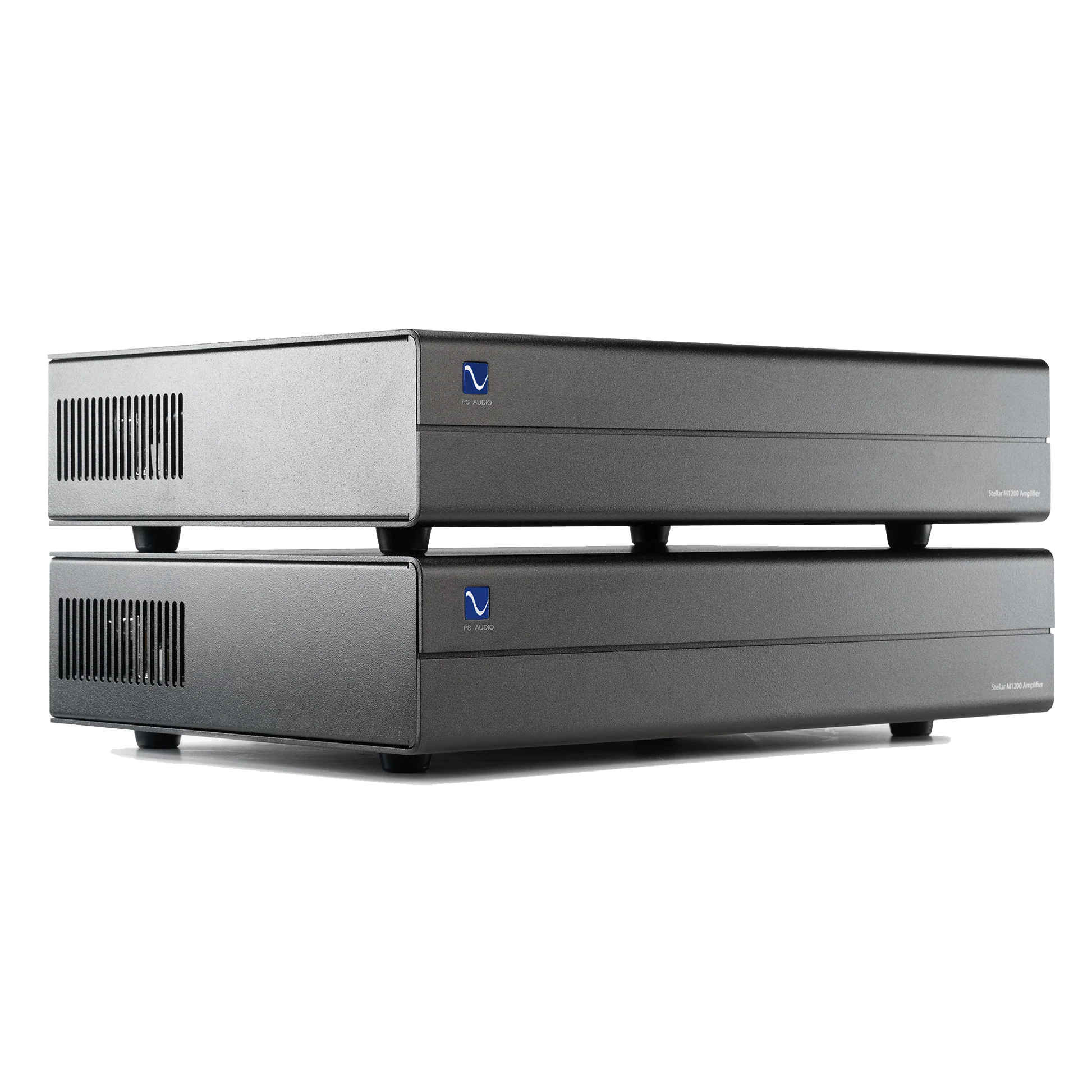


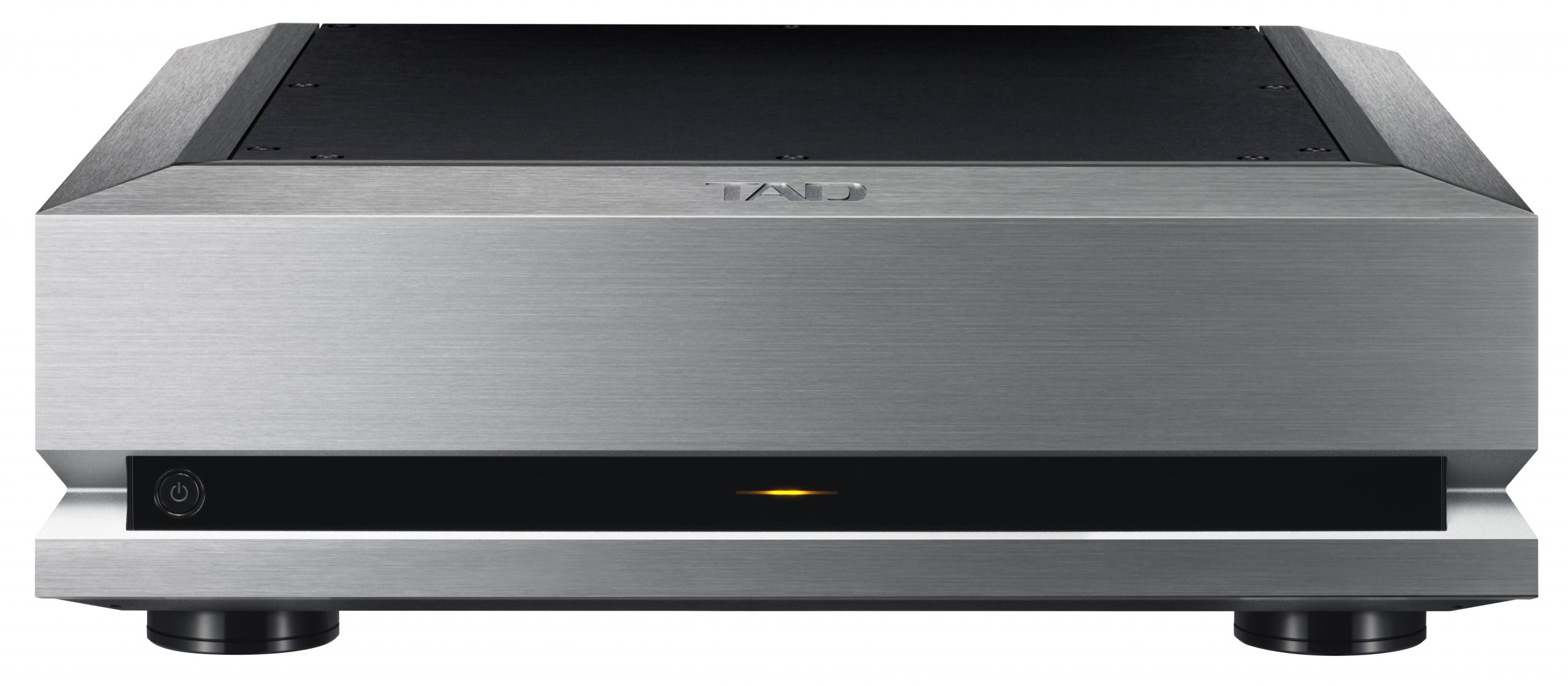

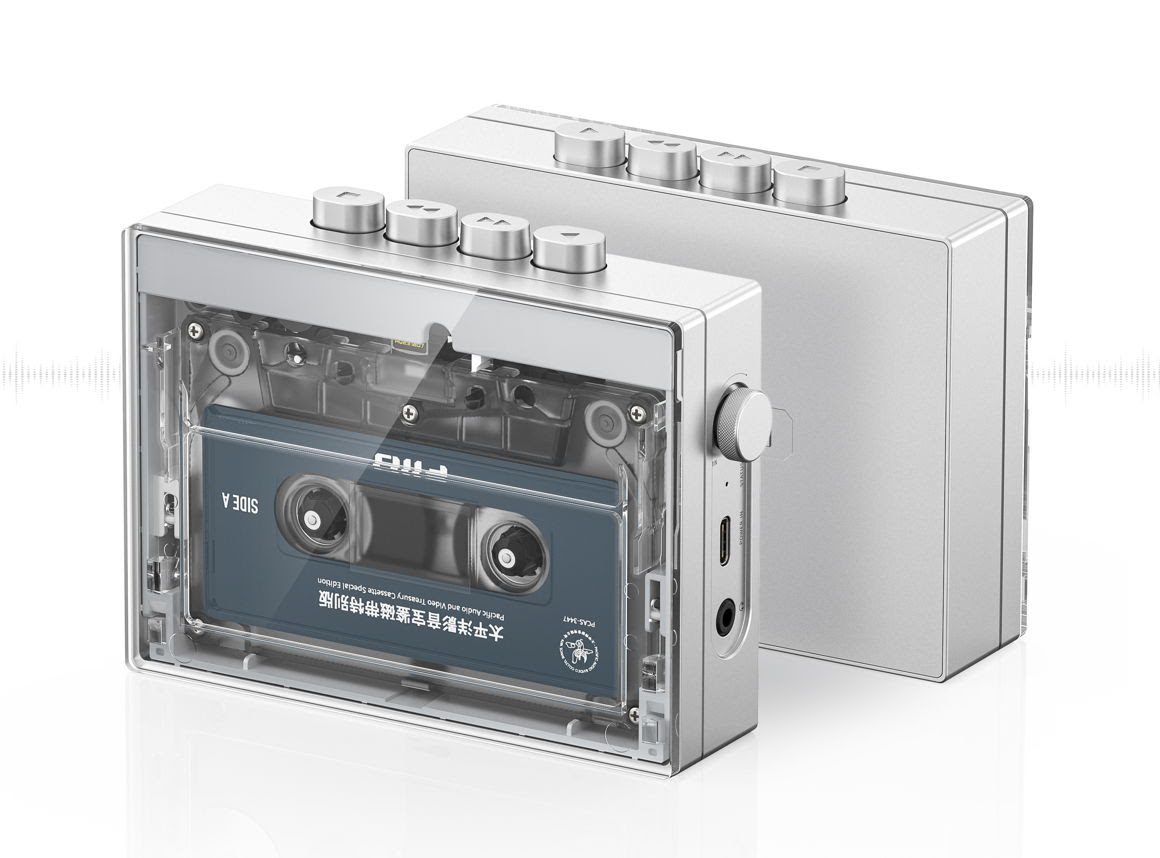
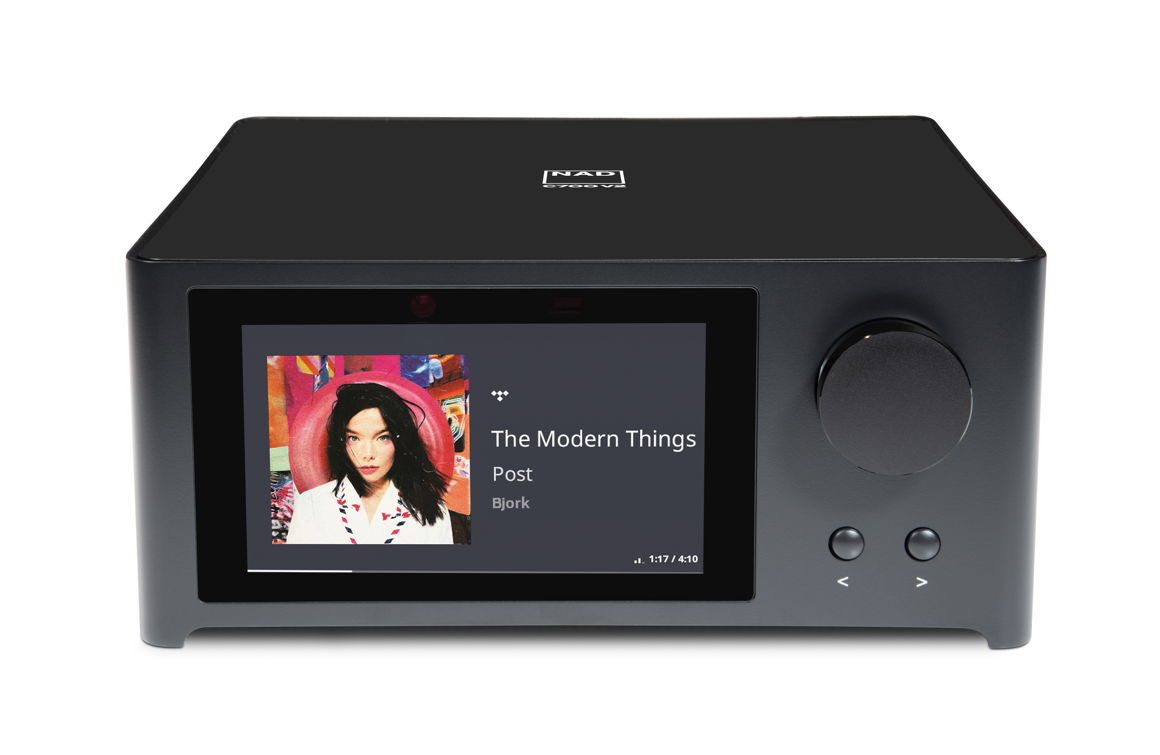
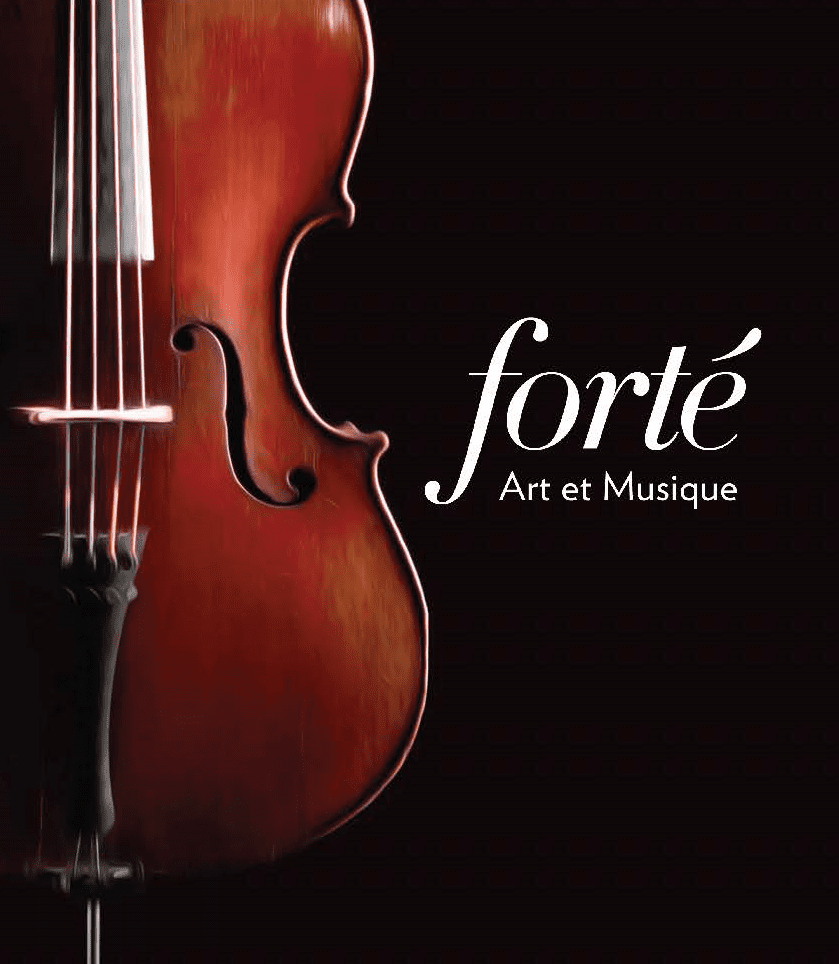


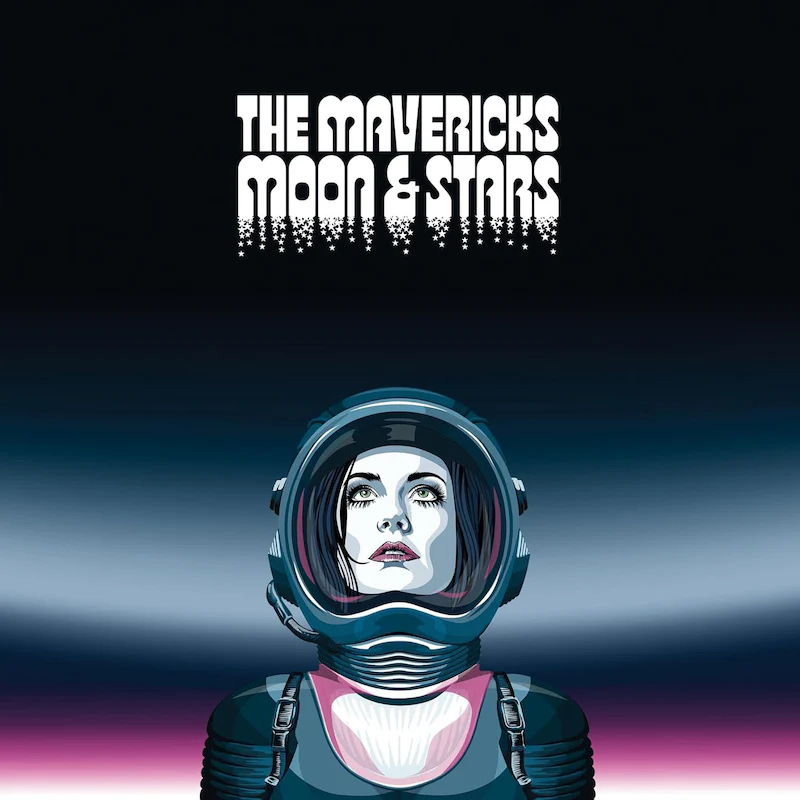
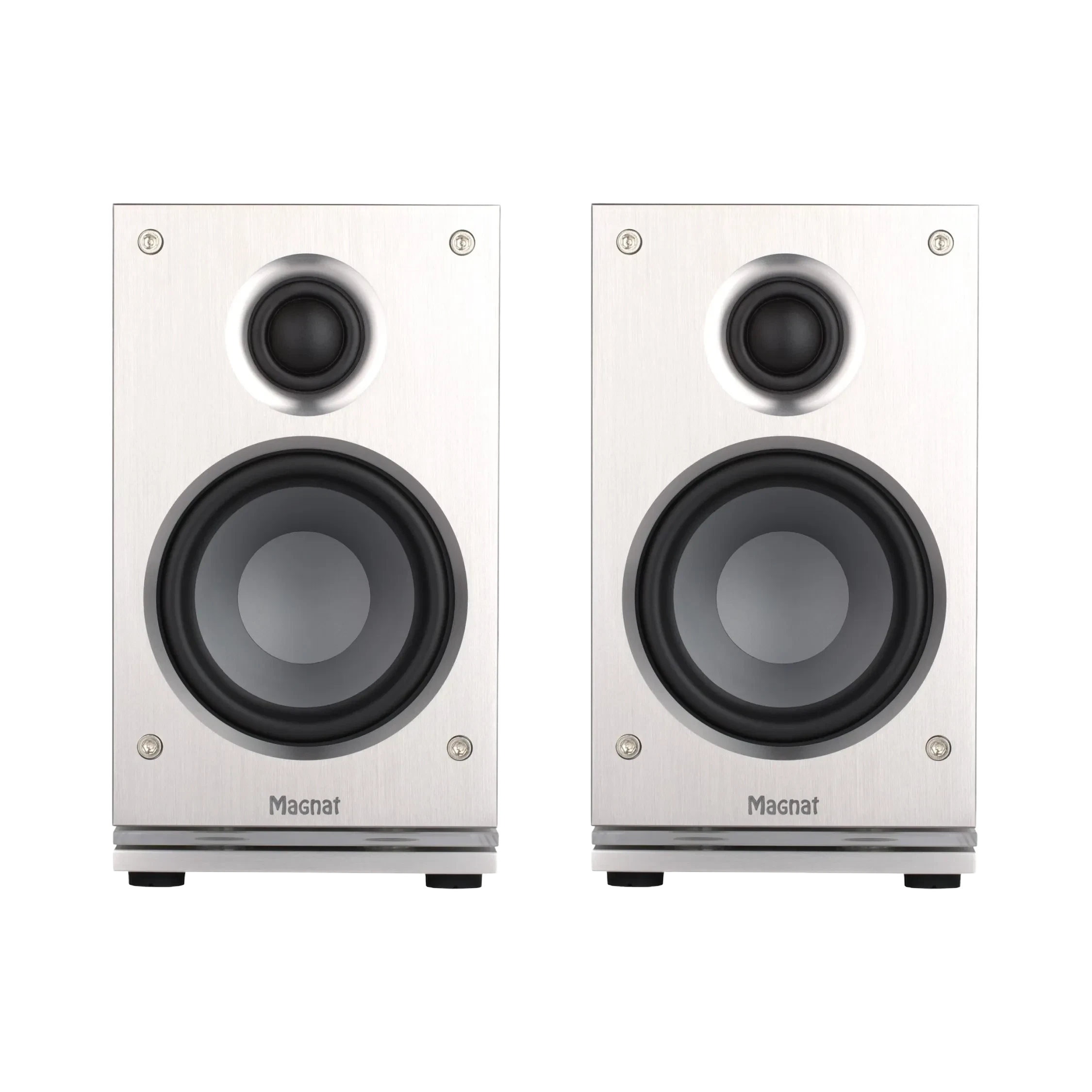
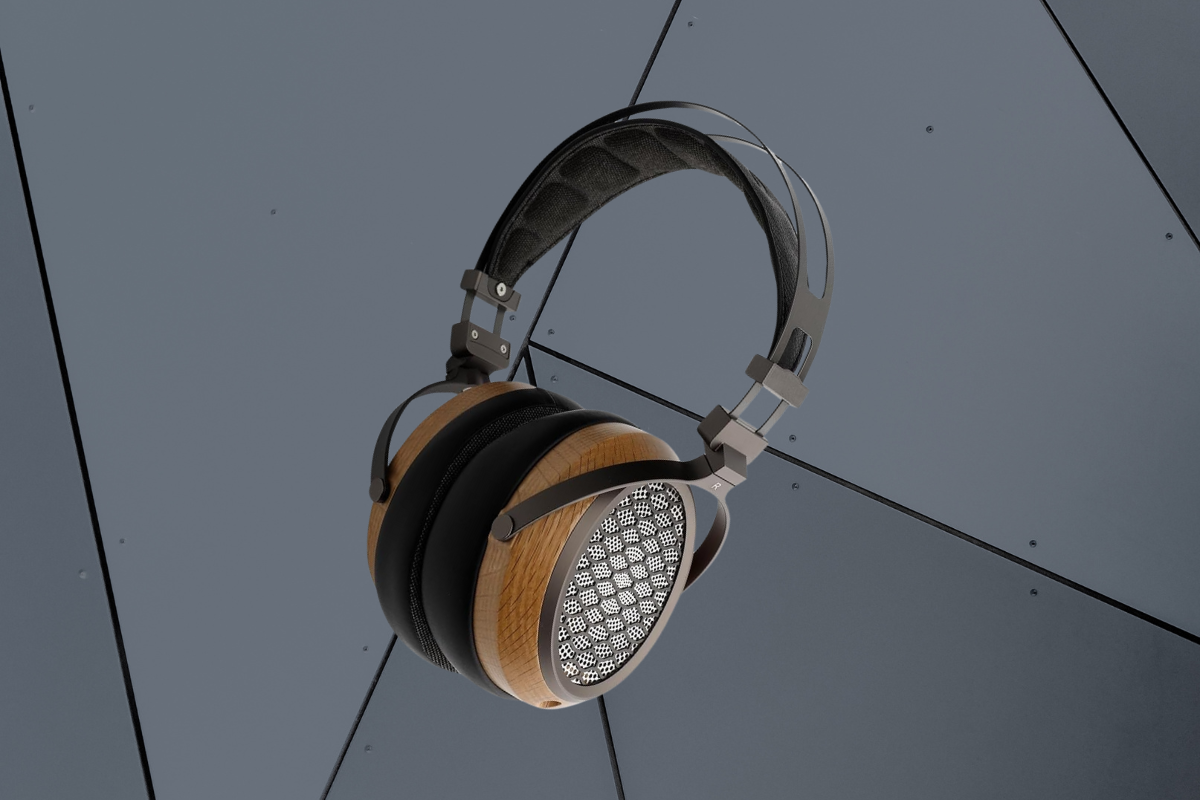
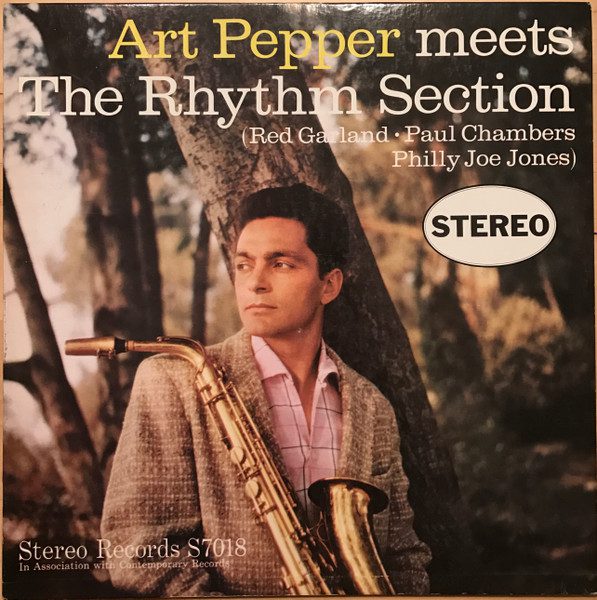
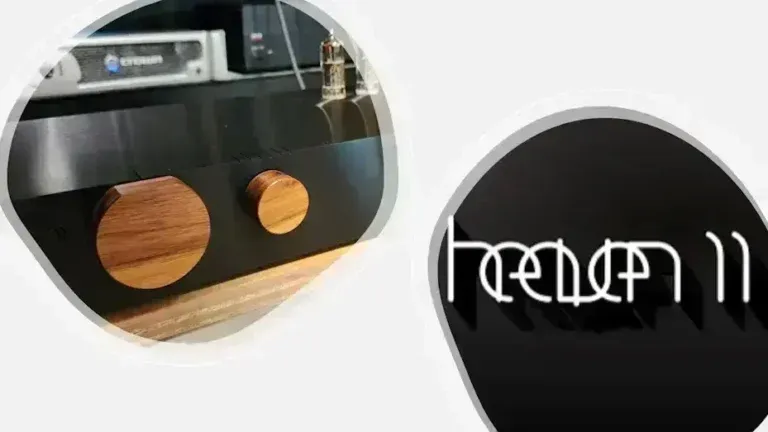

Leave a Reply